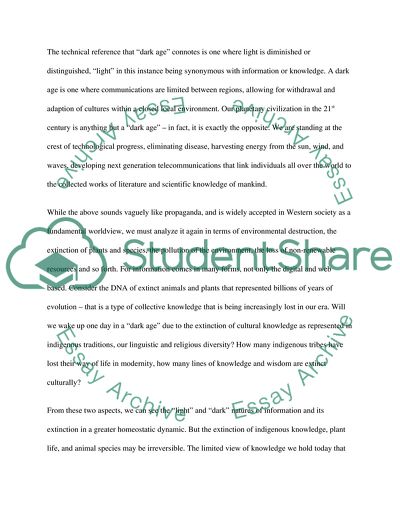Cite this document
(The Cultural Significance of Urban Development Assignment, n.d.)
The Cultural Significance of Urban Development Assignment. Retrieved from https://studentshare.org/social-science/1746305-geography-economic-and-cultural-short-analysis-essay
The Cultural Significance of Urban Development Assignment. Retrieved from https://studentshare.org/social-science/1746305-geography-economic-and-cultural-short-analysis-essay
(The Cultural Significance of Urban Development Assignment)
The Cultural Significance of Urban Development Assignment. https://studentshare.org/social-science/1746305-geography-economic-and-cultural-short-analysis-essay.
The Cultural Significance of Urban Development Assignment. https://studentshare.org/social-science/1746305-geography-economic-and-cultural-short-analysis-essay.
“The Cultural Significance of Urban Development Assignment”. https://studentshare.org/social-science/1746305-geography-economic-and-cultural-short-analysis-essay.


